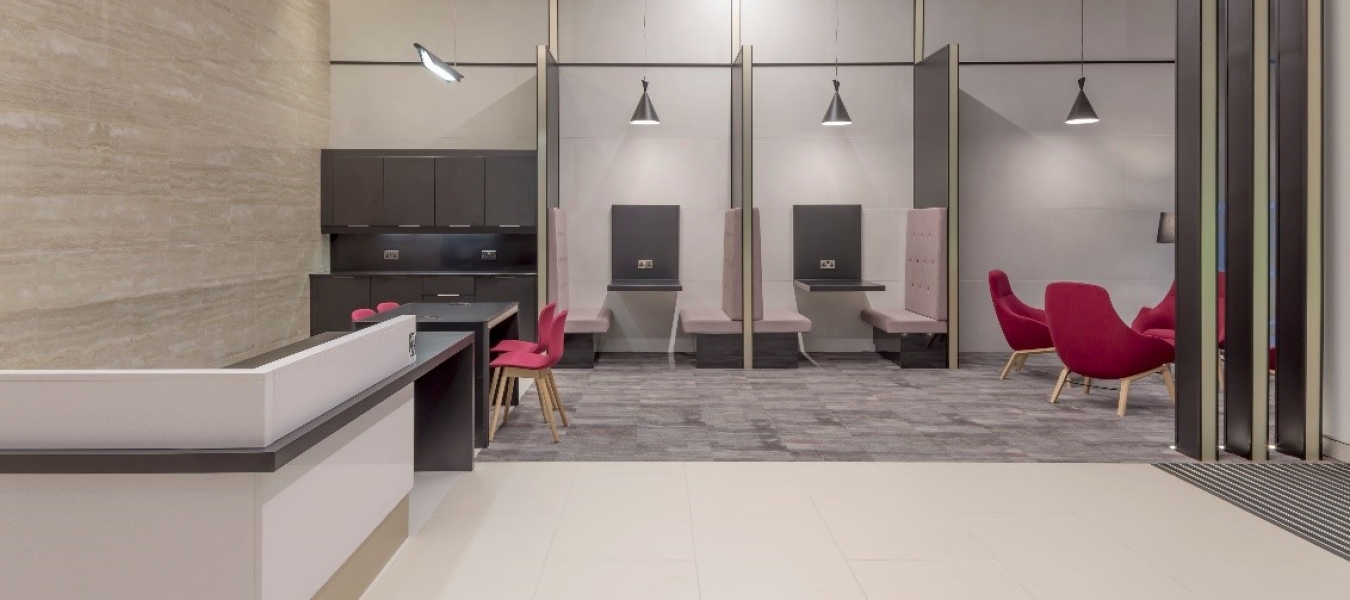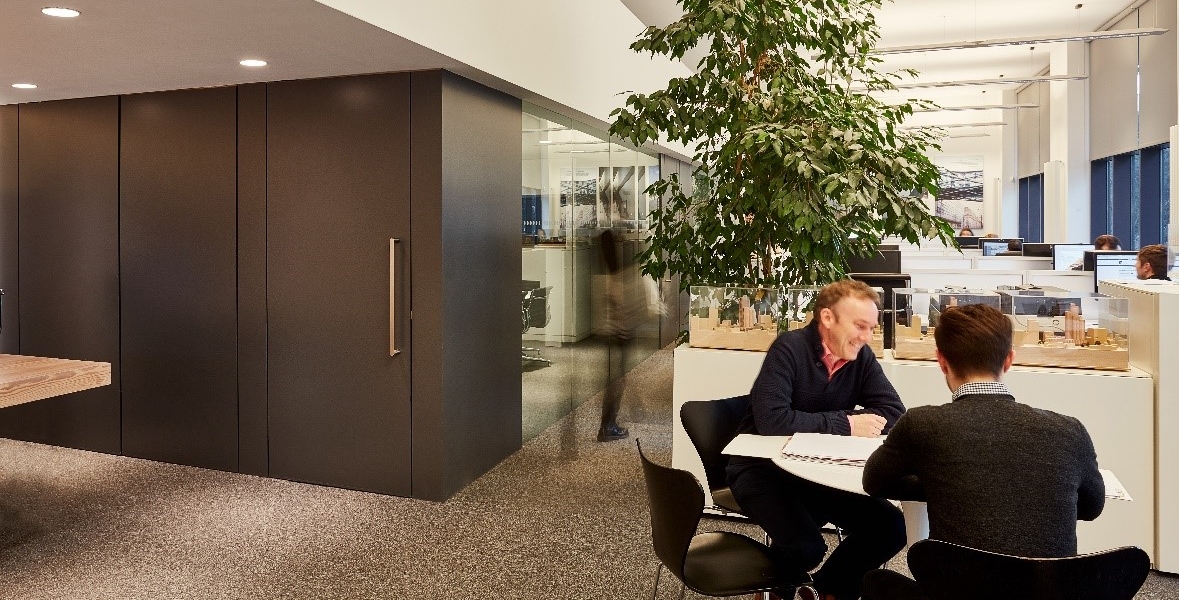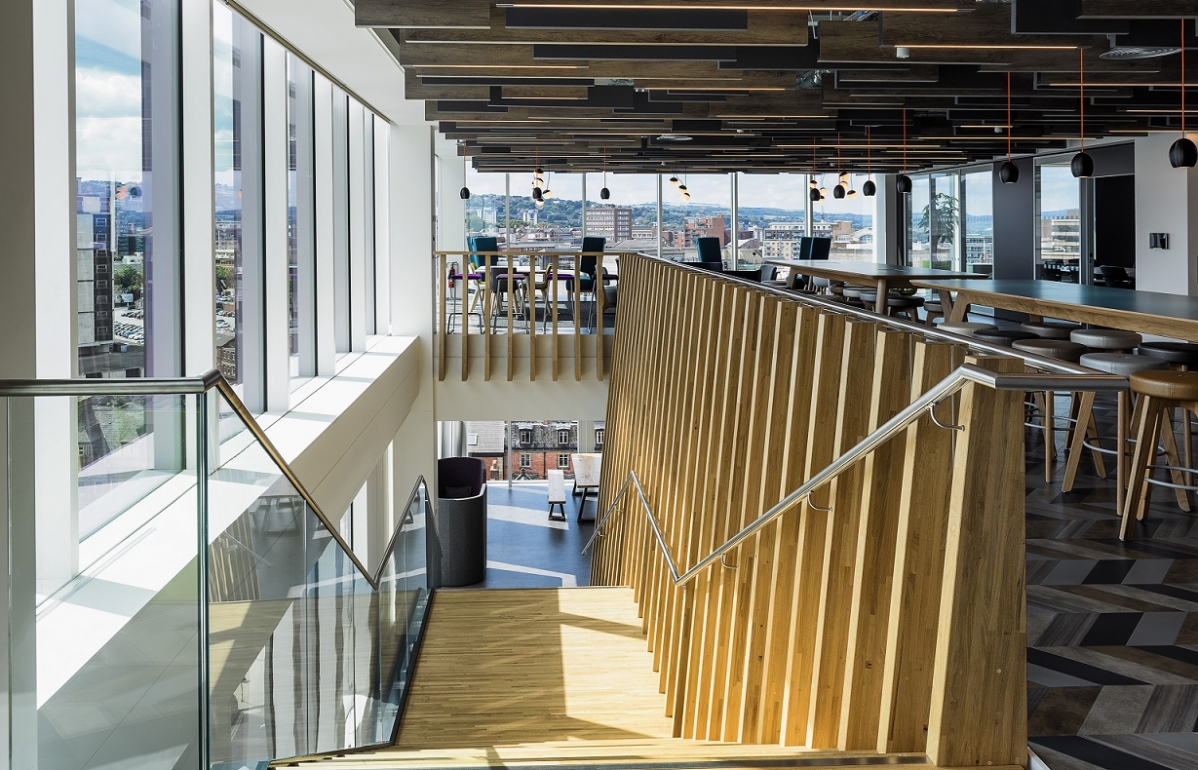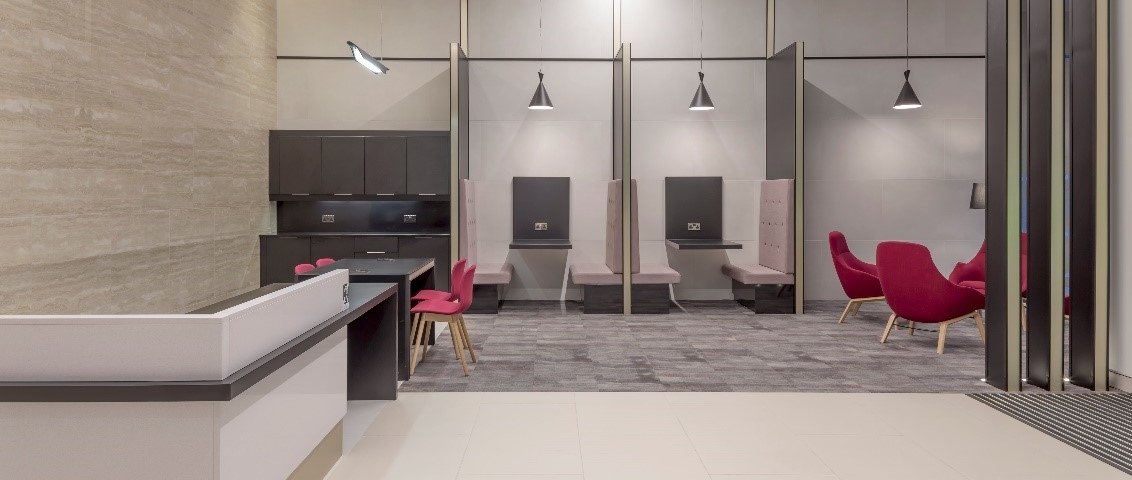The average employee spends nearly half of the working day in the office, and over 245 days a year. Over the last decade, design and the wellbeing of employees have become more and more important when designing an office space.
With the innovative spaces designed by some of the Silicon Valley tech giants such as Google and Apple, companies are putting more emphasis on building a place for people to thrive, rather than a place focused on work. The thinking behind this is that if your employees are happy and comfortable, they will be more productive and enjoy their time more in the workplace.
In this blog, we look at some of the key changes in office design and build over the last ten years and explain the reasoning for them.
The death of the cubicle and the rise of open plan
Open plan office spaces aren’t a new idea. They were first introduced in the 1960’s, when the workplace took a page out of politics to try and get away from a top-down power structure to a more democratic one that encourages interaction and more human behaviour.

Although this approach worked for some of the more forward thinking, the concept was quickly substituted by many (especially in the US) for a design that had more of a degree of privacy. The cubicle office was a compromise that let employees enjoy a modicum of privacy whilst remaining open and available.
Over the last ten years, there have been steps to grow a flexible working space, moving away from the extremes of Taylorism and Bürolandschaft to find a common ground that has both private and open spaces.
A good example of this is to incorporate spacious meeting areas and “hotspots” within your office landscape to encourage meeting and collaboration.
Our Design for St Paul’s Place Sheffield, which was recently shortlisted for the RIBA Yorkshire Awards, features spacious and open meeting space on upper floors encouraging a sense of inclusion and collaboration with a reception area available on the ground floor for tenants to have a more casual, flexible area to hold meetings. Find out more about it here.
Flexible working spaces
With the advancement of technology and the rise of the coffee shop working culture, millennials and graduates are more comfortable working in social groups like college and university, rather than a strict corporate culture.

A survey suggests that new graduates prefer to work in groups with a university style approach to how and where to work.

In university, students have a wealth of places to work and study, all with their own merits. The modern office design is now trying to mirror this culture, offering different spaces to work that allow movement between:
- Ideation and focus. Private places to collaborate.
- Engagement with others. Open areas for meal times and daily work.
- Quiet places to rest the brain, get away from others, and do focused work.
By designing an office that allows your employees to enjoy their time and thrive in the workplace, you stand a better chance to retain your top talent.
Active workplaces and well-being
Well-being is one of the biggest trends in modern office design. Millennials entering the workplace rank holistic well-being as a strong priority when looking for a potential employer.
Active workplaces are office spaces that are designed from the ground up to encourage mobility, such as making stairs more attractive to use, building paths and walkways indoors and outdoors that encourage further walking, and placing key office “hotspots” in different locations, encouraging movement.

Office well-being has gone from strength to strength over the last ten years, inspiring the formation of the International Well Building Institute, which administers the standard, which focuses on the health and quality of life of a building’s occupants. Find out more here.
Technological flexibility
The speed at which technology moves has required architects and office designers to be much more flexible when installing and adopting technology in the work place.
You now must think that what is great today may be completely obsolete in 6 months, so offices must incorporate flexible technological solutions that can be upgraded, or even replaced without too much disruption to business.
Within the last decade, the model has shifted. Technology is no longer a fixed thing within a building, it needs to be fluid in order to adapt to a speeding technological world.
Over to you…
From cubicles farms to a shifting, custom built landscape, office design and architecture has become a place for people, not just for work.
What’s your ideal office design? Follow Hodder + Partners on LinkedIn and Twitter and let us know.
